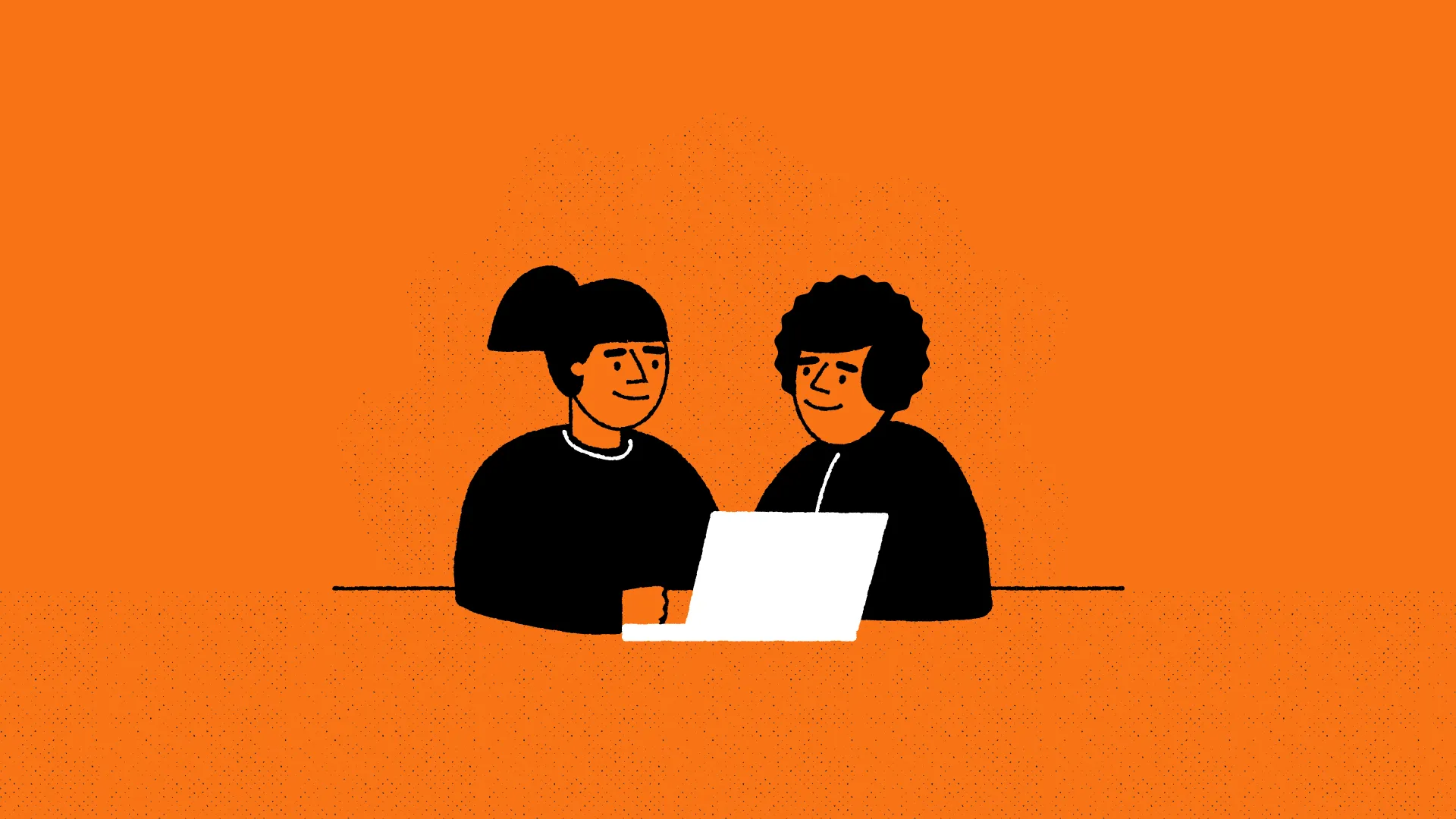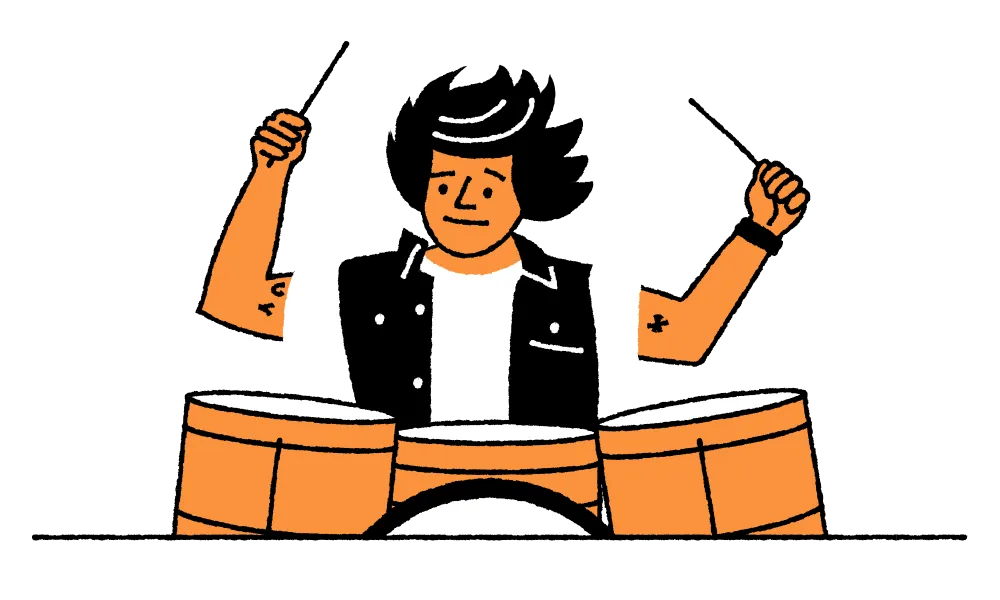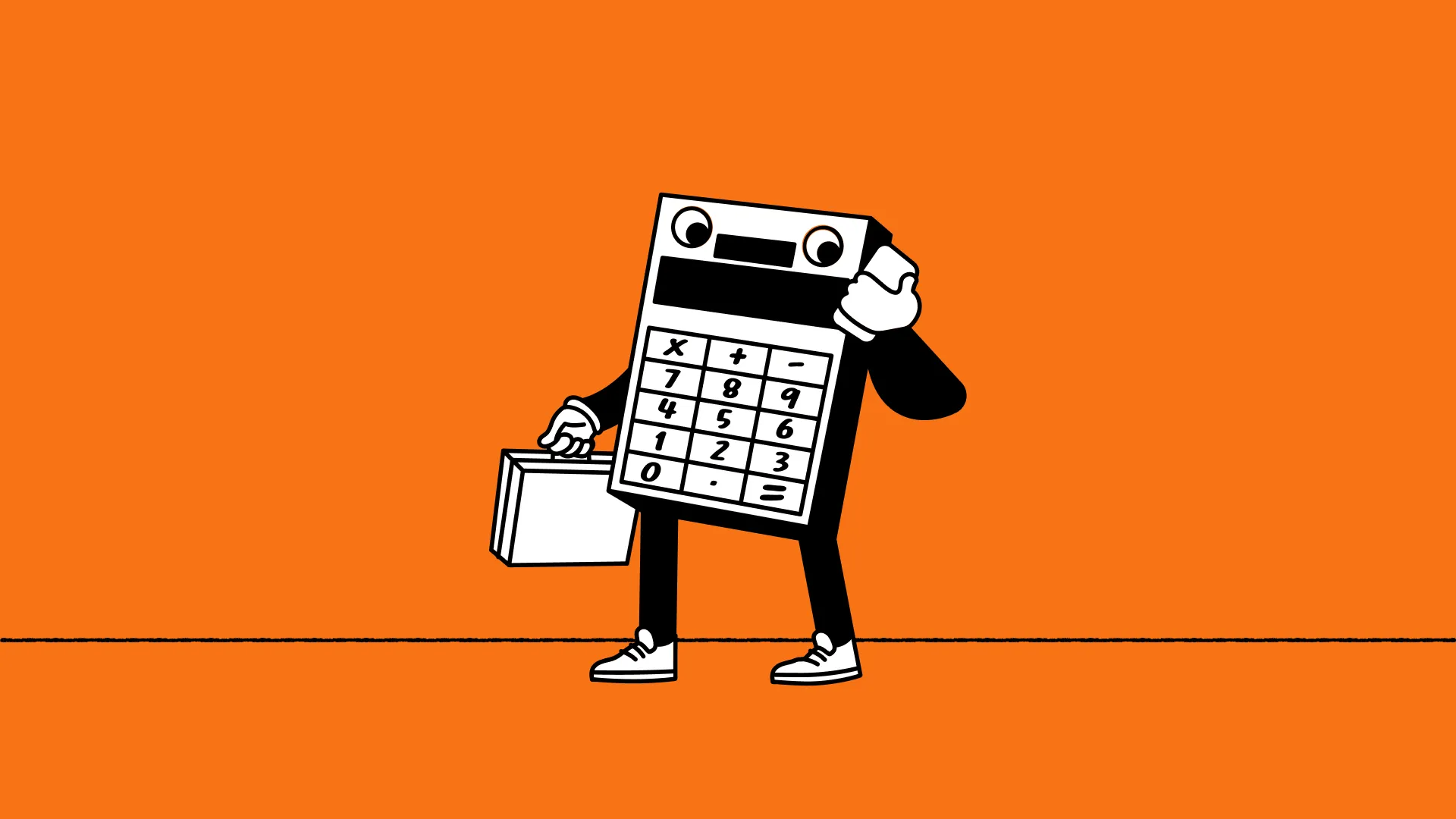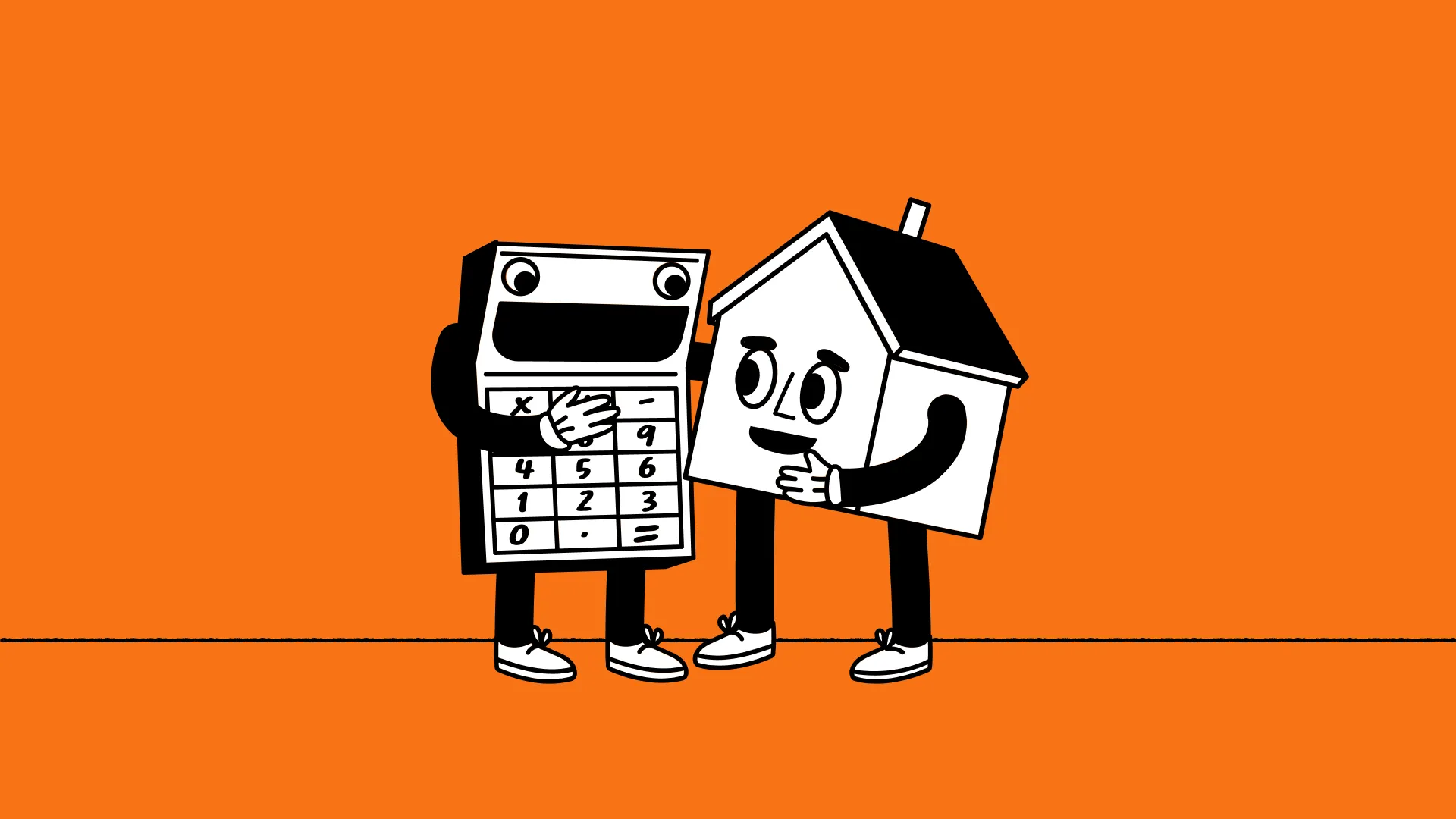Mortgages For First-Time Buyers
About to take your first step onto the property ladder? Here’s everything you need to know about getting a mortgage for the first time.
Your home may be repossessed if you do not keep up repayments on your mortgage.
Exclusive broker partner to

Author: Michael Whitehead Head of Content
13 mins
Updated: Nov 17 2025
Author: Michael Whitehead Head of Content
13 mins
Updated: Nov 17 2025
On this page
Please be aware that by following any external links you are leaving the Haysto website. Please note Haysto nor HL Partnership Limited are responsible for the accuracy of the information contained within external websites accessible from this page.
On this page
Buying your first home is an exciting time! If you've been renting for a while or saving for a deposit, it's a great feeling to finally get your first foot on the ladder.
But getting a mortgage can be really daunting, particularly if you’re a first-time buyer. There's a lot to consider and a whole load of jargon to cut through. Don’t worry - that‘s why we’re here!
In this guide, we'll take you through the whole mortgage process, step-by-step, with lots of useful links to further information that will help broaden your understanding, so you know exactly what to expect.
Am I eligible for a mortgage?
‘Can I get a mortgage?’ is highly likely to be the first question on the minds of all first-time buyers and in most cases the honest answer is - yes, possibly. The reason for the slightly vague answer is that there’s a number of different things to think about which all need to be taken into account when looking at mortgage eligibility, such as:
How much money do you want to borrow?
How much deposit do you have?
What’s your employment status and current annual income?
What are your monthly spending commitments? (your outgoings)
How old are you?
Who’s dependant on you financially?
What type of property do you want to buy?
How much debt do you have and what does your credit history look like?
As a starting point, it’s a good idea to work out roughly how much you can afford to borrow. This will then help you find properties within your budget, and will give you an idea of your monthly mortgage repayments.
Our Mortgage Repayment Calculator can do all of that for you!
It’s also a wise move at this stage to download your credit reports so you can see how your credit score looks and whether the information held on your file is all accurate and up to date.
For this purpose we recommend using Checkmyfile**, whose credit reports include all the information held by the three main credit reference agencies in the UK - Experian, Equifax and TransUnion.
Checkmyfile allows you to download your report for free with a 30-day trial and then £14.99 monthly (you can cancel anytime).
**When you click through to our affiliate links, we may earn a small commission at no extra cost to you. We only recommend sites we trust and believe in.
What are the different mortgage types and rates?
There are two ways you can repay a mortgage loan - capital repayment or interest-only. Both do exactly what their names suggest. With capital repayment you pay back a portion of your loan and interest owed with each regular repayment. By the end of the term, your loan should be fully repaid.
For interest-only mortgages you only pay the interest each month and use a separate repayment vehicle to repay the full amount of the capital at the end of the term as one big payment. Typical repayment vehicles would be the sale of a property, savings and/or investments.
The type of interest rate you could choose would generally vary between a fixed-rate or a variable rate, such as a tracker rate.
To find out more, read our guide on Mortgage Types And Rates.
What do lenders look at on my application?
Before agreeing to give you a mortgage, lenders need to know you can afford the repayments without struggling. They want to see if you’re responsible when it comes to paying debts, how much you can afford, and whether you fit their other lending criteria.
As part of their affordability checks, mortgage lenders will look at the following things:
Your income
They’ll usually ask for a recent P60 and at least three months of recent payslips. If you’re self-employed, you’ll need to prove your income by submitting accounts or other evidence. Some lenders will also consider other income such as bonuses and government benefits when working out how much to give you.
Your outgoings
Your spending habits will be looked at closely to see how responsible you’ve been with your money. Any balances on credit cards will be weighed up against your income (called a debt-to-income ratio) and your regular outgoings such as bills, childcare costs, and loan payments will all be factored into the lender’s calculations. You’ll usually have to provide up to three months’ worth of bank statements as part of your application, so try to stick to good habits in the lead up to the mortgage process.
Changes to your situation
Mortgage lenders carry out something called ‘stress testing’ where they work out if you’d still be able to pay your mortgage if something unexpected happens. Situations such as illness, rising interest rates, job loss, or having a baby are possible scenarios, and lenders will want to be confident that you won’t struggle. If you’re applying with another person, lenders will take both your finances into account.
Read more in our guide: What Mortgage Lenders Look For In Applicants.
What documents do I need to submit for a mortgage application?
Lenders will need you to provide proof of identity and evidence of your financial situation. They ask for this to comply with mortgage affordability rules and money laundering laws.
Documents you need to provide include:
Proof of identity
A passport or driving licence
A recent council tax bill
Utility bills dated within the last three months (it can’t be a mobile phone bill)
Bank statements
Proof of income if you’re employed
Payslips
A recent P60
Evidence of any bonuses or commission (paid or upcoming)
At least three months’ worth of banks statements (from the account your salary gets paid into)
Proof of income if you’re self-employed
Two or more years certified accounts (depending on the lender)
Evidence from HMRC of your earnings in SA302 tax calculation and a tax year overview.
if you’re a contractor, you’ll have to show proof of upcoming contracts
if you’re a company director, you’ll have to provide evidence of dividend payments or retained profits.
Read more about how to prepare for your mortgage in our guide: How To Get Mortgage-Ready.

Let's Get Started
We Make Mortgages Possible
Our Mortgage Experts are fully qualified with experience in bad credit, self-employed and complex mortgages. They have a proven track record of getting mortgages for people who’ve been rejected elsewhere.
Get Started Now Get Started NowWhat deposit will I need for my first mortgage?
The deposit is often the biggest barrier for first-time buyers. Generally, between 5-10% of the property value is the minimum deposit that a lender will accept. The bigger your deposit, the less you'll need to borrow and the lower your monthly repayments will be.
What deposit you'll need to put down depends on how much the property is worth. A lender will then factor in your deposit when deciding how much you can afford to borrow. However, if you’re using a government help scheme to get on the property ladder, the rules will be slightly different.
Read more in our Guide: How Much Deposit Do I Need to Buy a House?
What if I don't have a deposit?
Mortgages with no deposit - referred to as 100% mortgages - are not common at all. Currently there is only one recognised mortgage lender offering a 0% deposit mortgage product and, as you can imagine, the eligibility requirements are quite rigid.
You’d need to have a perfect credit score along with a strong employment background and all other areas of your application would need to tick the right boxes. Not impossible, but fairly difficult for most applicants, not just first-time buyers.
If you don’t have a deposit and need a mortgage, you could consider the following options:
I have bad credit, can I still get a mortgage?
Yes, it’s possible get a mortgage as a first time buyer, even if you have bad credit! It really depends on the type of bad credit issue you’ve had, how long since it was first registered on your record, and the amounts involved.
When it comes to credit issues, it’s best to face them head on. First, find out your credit score and then you can take steps to improve your rating before you submit your mortgage application.
Your choice of lender will also make a difference. That’s why it’s wise to consult with a mortgage broker rather than approaching a lender directly.
Our Mortgage Experts have strong working relationships with some of the best bad credit mortgage lenders available in the UK. If you get in touch, a member of our team can speak to you in more detail about your case and which lender to approach.
Access Your Credit Report
To get a full view of your credit information from all three agencies, use Checkmyfile free for 30 days, then £14.99/month (cancel anytime).
Get Started NowDo I need insurance for a mortgage?
It’ll be a condition of your mortgage contract that you take out buildings insurance. The lender wants your home to be protected so they don’t lose money if something happens to the property.
Other insurances such as life insurance and critical illness cover aren't mandatory, but it's definitely something to think about. Your most important asset is you, so it's makes sense to get protected. Life can throw us curveballs, and these insurances make sure that - should the worst happen – your mortgage is paid and you can keep your home.
When getting your mortgage through us, you'll have a dedicated Insurance Specialist as part of your mortgage team. They'll have a look at your situation and give you no-nonsense advice on the cover you need. Setting up your insurance with us doesn't cost you a penny. We get paid directly by insurers, so it's in our interest to get you the right deal.
Read more in our Mortgage Protection Insurance guide.
Why do I need a solicitor as well as a broker?
Brokers hold your hand throughout the mortgage process, but they can’t do the legal paperwork. Property purchases are big and complex transactions, which is why they need to be handled by dedicated legal professionals.
Read our guide: Do I Need a Solicitor to Buy a House?
The house buying process - simplified
Step 1: Get a mortgage Decision in Principle
Before looking at properties, it’s a good idea to get a Decision in Principle (DIP). A DIP is a confirmation from a lender that they’re willing to lend you a certain amount of money to purchase a property. A mortgage broker can usually get this for you within a few hours, and a lot of estate agents won’t book a viewing unless you have one. Once you’ve got this, you’ll have a better idea of your budget and what your monthly repayments will look like.
Step 2: Find a property
Once you know your budget, you can start the fun bit – viewings! It’s important to weigh up the pros and cons of each property you see and decide if it’s right for you. It’s unlikely you’ll fall in love with the first place you see, so take your time. Once you’ve found the dream abode, it’s time to make an offer. The estate agent will act as the middleman between you and the seller, and will let you know if you’ve been successful.
Step 3: Mortgage application
When your offer is accepted on a property, it’s time to get the mortgage! A mortgage broker can take you through the entire process and help you put forward the best case as a borrower. As part of their decision-making process, the mortgage lender will need to send someone to check if the property is worth what you’re paying for it – known as a valuation. At this stage, you can also get your own survey done to make sure there’s nothing structurally wrong with the property.
Step 4: Get a solicitor
You can get a solicitor at any point after a mortgage offer, but you’ll always need one to carry out the transaction on your behalf. A solicitor carries out searches on the property to find out things like planned developments in the area, local authority searches and other research to make sure everything’s as it should be before you buy.
Step 5: Formal mortgage offer
Once the lender is happy with the valuation and you’ve passed all their checks, they’ll send you a formal mortgage offer which will go to you/your broker and your solicitor.
Step 6: Exchange contracts
If all the solicitor’s searches come back okay, then both your solicitor and the seller’s solicitor will draw up some contracts ready for you to sign, known as ‘exchanging contracts’. You can then set a completion date (the date you officially become the property owner) once you’ve exchanged - you can even do them on the same day. Remember, once you’ve exchanged contracts, you won’t be able to back out from the purchase without losing your deposit, so it’s important to make sure you’re 100% happy!
Step 7: Completion
It’s time to book the moving van and box up your things. Your completion date is the day you officially own the property and become a homeowner. The whole mortgage process from start to finish can be anywhere from around 6-8 weeks, but can sometimes take a lot longer. It all depends on how complex your situation is, and if there’s any hold-ups on the seller’s end.
The best thing you can do to take the stress out of the process is to work with a mortgage broker (like us!). They won’t waste time going to lenders that won’t accept you – they’ll find you the right deal and work as your guide to keep things moving. Make an enquiry to speak to one of our friendly Mortgage Experts.
What happens when my first mortgage deal comes to an end?
As a first-time buyer, you’ll most likely have chosen a fixed-rate mortgage. Fixed-rate deals usually come to an end between two to five years after taking out your mortgage. When you’re approaching the end of your deal, it’s a good idea to shop around for a better mortgage – known as remortgaging.
Remortgaging can be a great way to release some extra cash for home improvements, make a big purchase, or just lower your monthly repayments.
You don’t have to remortgage with your current lender either. Your mortgage broker can do the hard yards for you by looking for the most competitive deals available across the market to suit your specific requirements. This will save you a lot of time and, potentially, some money too.
How Haysto can help!
Getting ready to buy a house isn’t easy, especially if it’s your first and you're trying to do it alone.
Your home is likely the biggest purchase you’ll ever make, and there’s so much more to mortgages than just comparing products online or asking your bank. Preparing your application with all the necessary documentation can take time and patience - and experience!
That's where we come in. Our Mortgage Experts have helped lots of first-time buyers get mortgage-ready and they could help you do the same. Buying your first home can be a really stressful time, and having someone who’s done it many times before can be a huge comfort. Get in touch with us and we can help you get started.
We Make Mortgages Possible
Our Mortgage Experts are fully qualified with experience in bad credit, self-employed and complex mortgages. They have a proven track record of getting mortgages for people who’ve been rejected elsewhere.
Get Started NowInformation
Tools & Guides
Haysto, a trading style of Haysto Ltd, is an appointed representative of HL Partnership Limited, which is authorised and regulated by the Financial Conduct Authority.Registered Office: Haysto, Crystal House, 24 Cattle Market Street, Norwich, NR1 3DY. Registered in England and Wales No. 12527065
There may be a fee for mortgage advice. The exact amount depends upon your circumstances but will range from £599 to £1599 and this will be discussed and agreed with you at the earliest opportunity.
The guidance and/or information contained within this website is subject to the UK regulatory regime and is therefore targeted at consumers based in the UK.
Your home may be repossessed if you do not keep up repayments on your mortgage.








